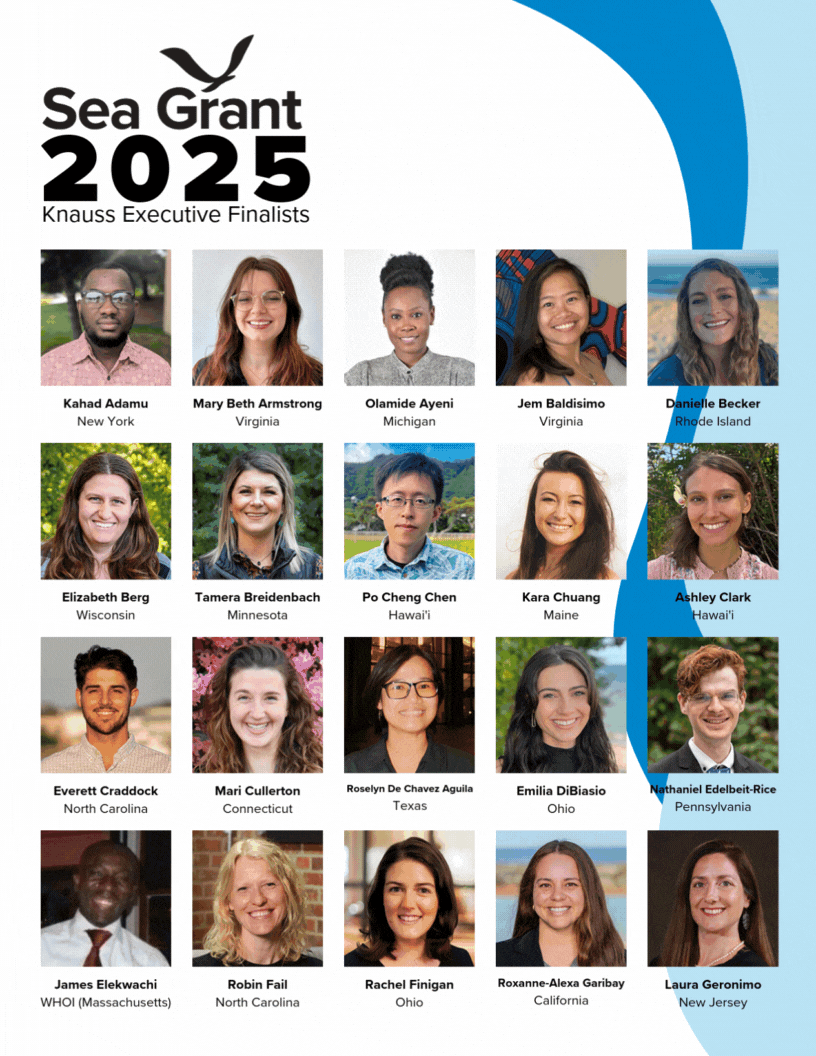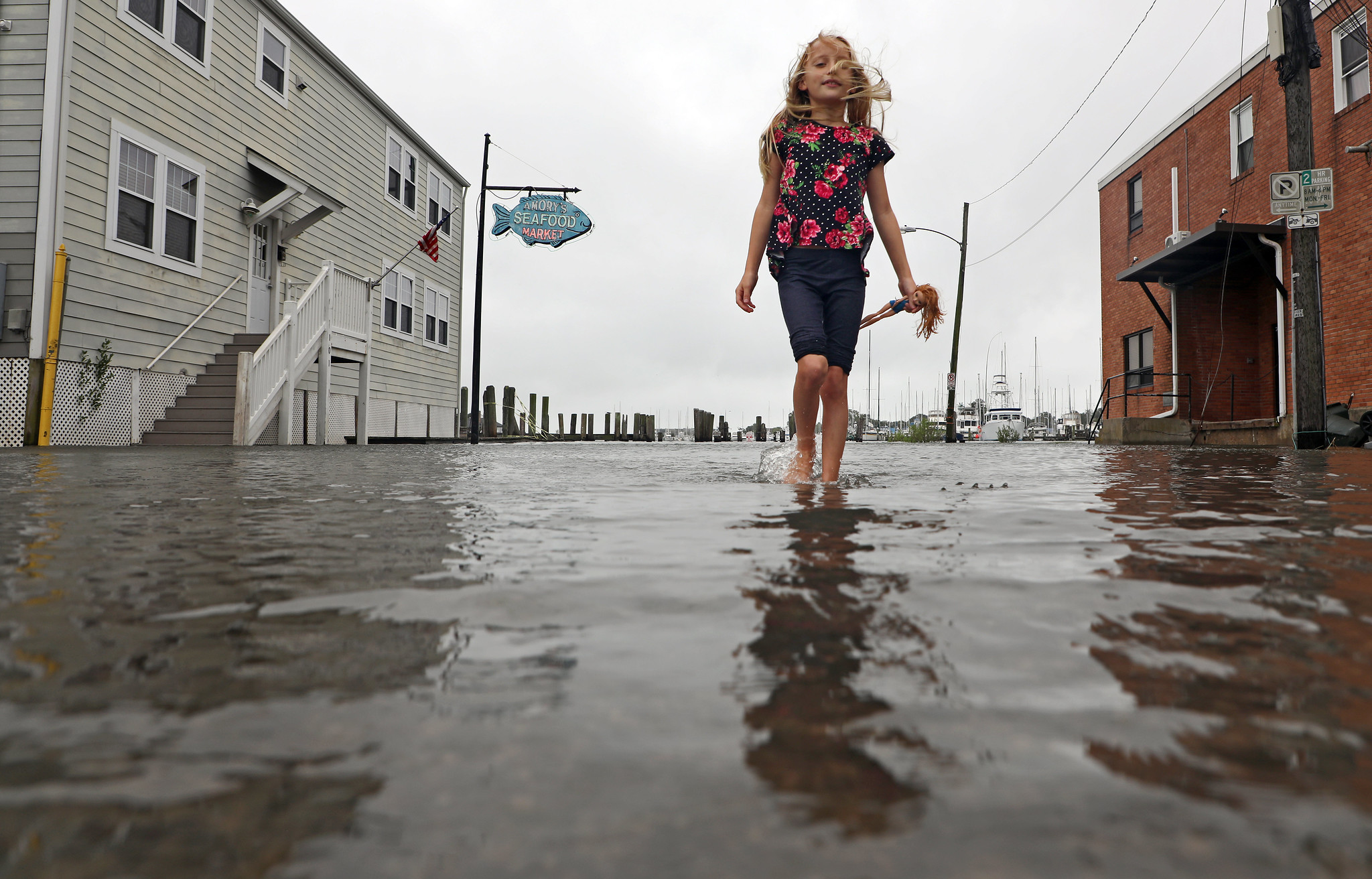By Sue Keller, Alaska Sea Grant
In late May 2015, NOAA enforcement officers asked marine mammal specialists at Alaska Sea Grant to respond to a dead fin whale sighted near Kodiak. Over the following weeks, more large whale mortalities were reported by mariners and pilots.
Kate Wynne and Bree Witteveen began gathering NOAA Stranding Network data. They documented and photographed the carcasses and looked for more by surveying the east coast of the Kodiak archipelago by air, and they contacted scientists and others in the region. By July, 10 fin whale and 8 humpback mortalities were documented. Curiously, all appeared to have died in late May. By the end of 2015, 45 large whale strandings had been documented in the western Gulf of Alaska, nine times the total for the previous year.
Both fin and humpback whales feed in groups on small fish and invertebrates, filtering them with their baleen. To find the culprit in the whale deaths, scientists asked themselves—were the feeding groups of whales killed together? Did they consume a toxin or were they violently impacted?
Wynne, Witteveen, and other biologists pursued many possible human-influenced and natural causes. The single fin whale that was necropsied proved to be healthy with a nice fat layer at the time of death, ruling out an illness or lack of good nutrition. Most of the dead whales were too decomposed for sampling by the time they were found, confounding the mystery.
Biotoxins caused by warm water–induced harmful algal blooms were one possibility. Temperature sampling showed that the Alaska waters were significantly warmer than average at the time of the whale mortalities. Julie Matweyou, Alaska Sea Grant Marine Advisory agent in Kodiak, coordinated testing for harmful algal bloom toxins, but at the time the results were inconclusive.
Scientists also followed up on other possible causes such as sonar, seismic exploration, and even radionuclides from the Fukushima reactor in Japan.
In August 2015 NOAA declared the whale deaths to be an Unusual Mortality Event and appointed Witteveen the UME coordinator. The UME status put more resources toward the investigation.
A year later, in August 2016, UME researchers were thankful that no replication of whale deaths had occurred. Kate Savage of the NOAA Protected Resources Division said, “As a preliminary and tentative statement, it does seem like the large whale mortality event of 2015 was an index of broader changes on an ecosystem level likely related to prey availability/quality, which includes harmful algal blooms.”
That conclusion was based in part on 2015 data reported by the professional network of bird, fish, and mammal biologists in the Gulf of Alaska and the Bristol Bay–Bering Sea area. “The good news is that this event got a lot of us talking to each other, and to be alert,” said Wynne.
Networking scientists represented the Alaska Department of Fish and Game, Alaska Department of Environmental Conservation, US Fish and Wildlife Service, BOEM, National Marine Fisheries Service Alaska Region, NMFS Office of Law Enforcement, National Marine Mammal Laboratory, Shoonaq Tribe of Kodiak, and Agdaagux Tribe of King Cove.
Related news release from Alaska Sea Grant: Fin whales discovered dead near Kodiak Island


